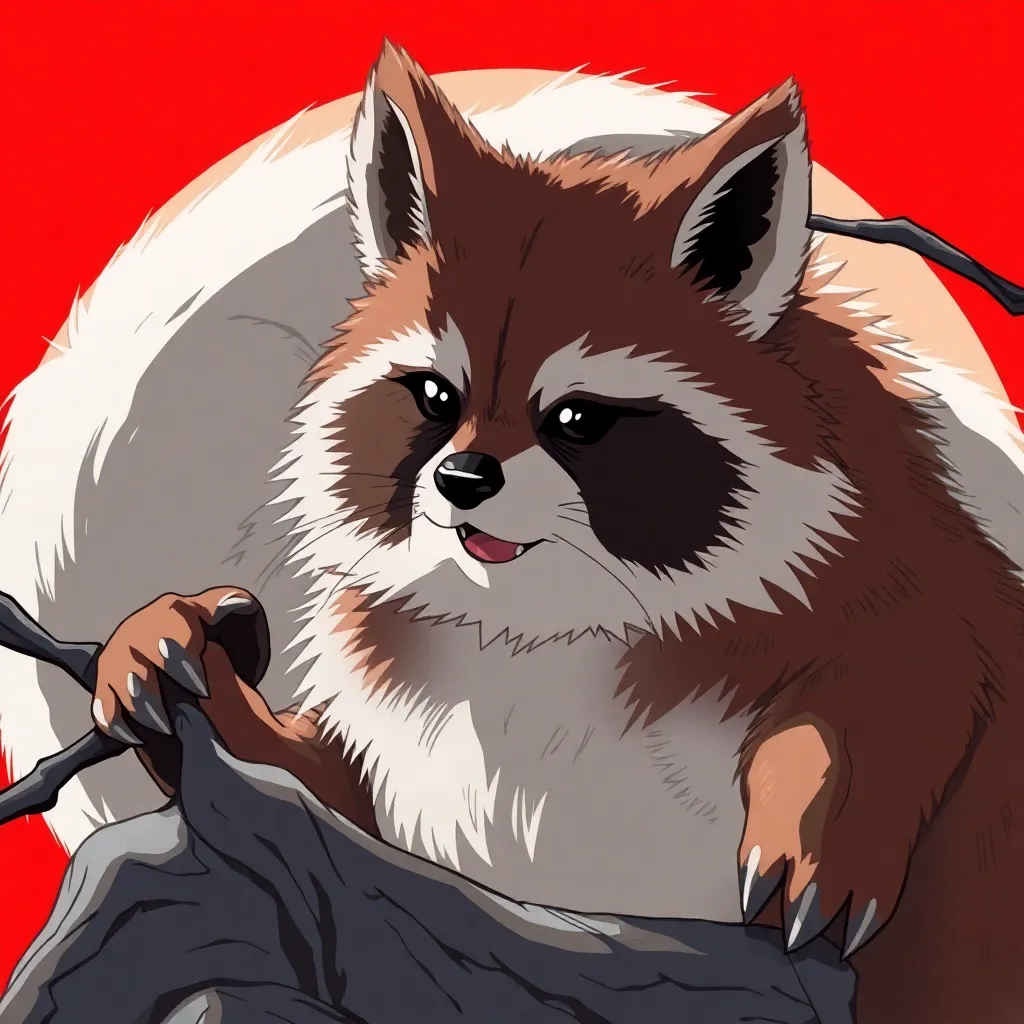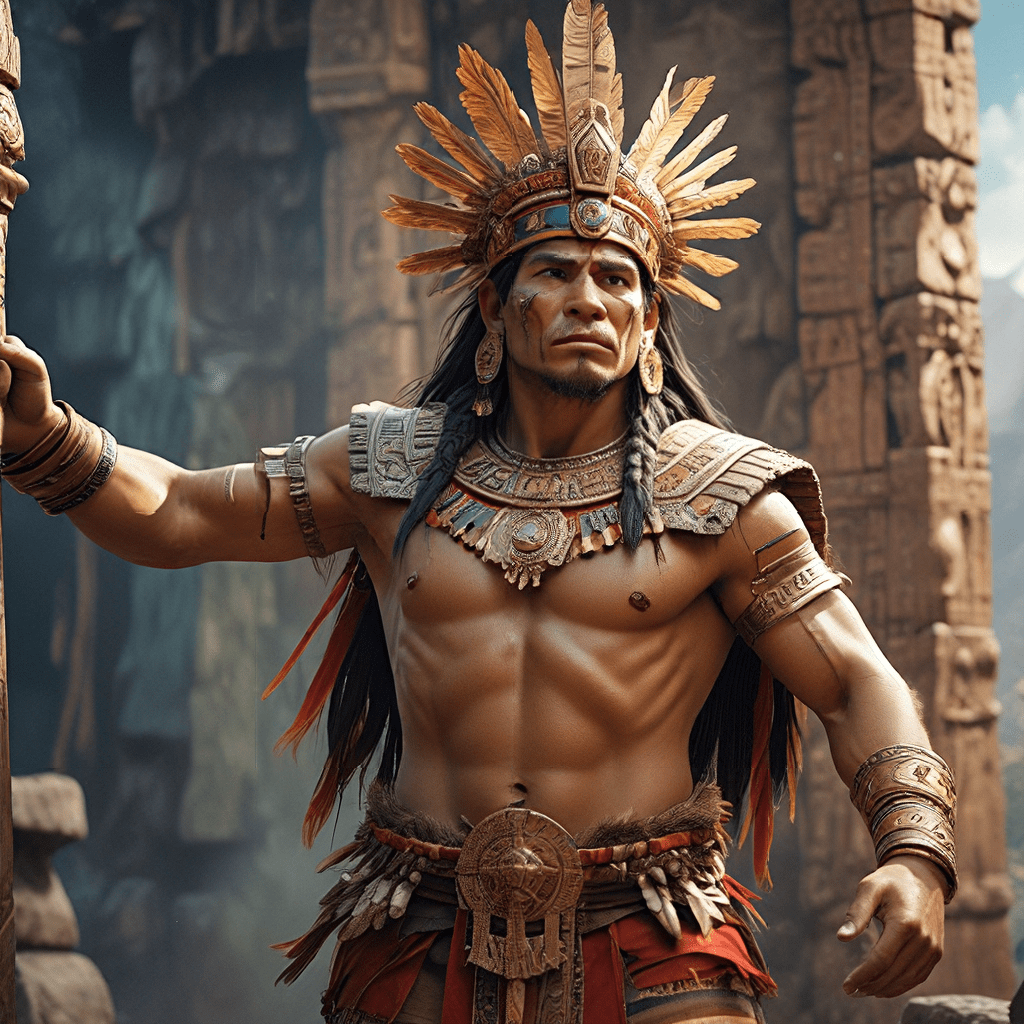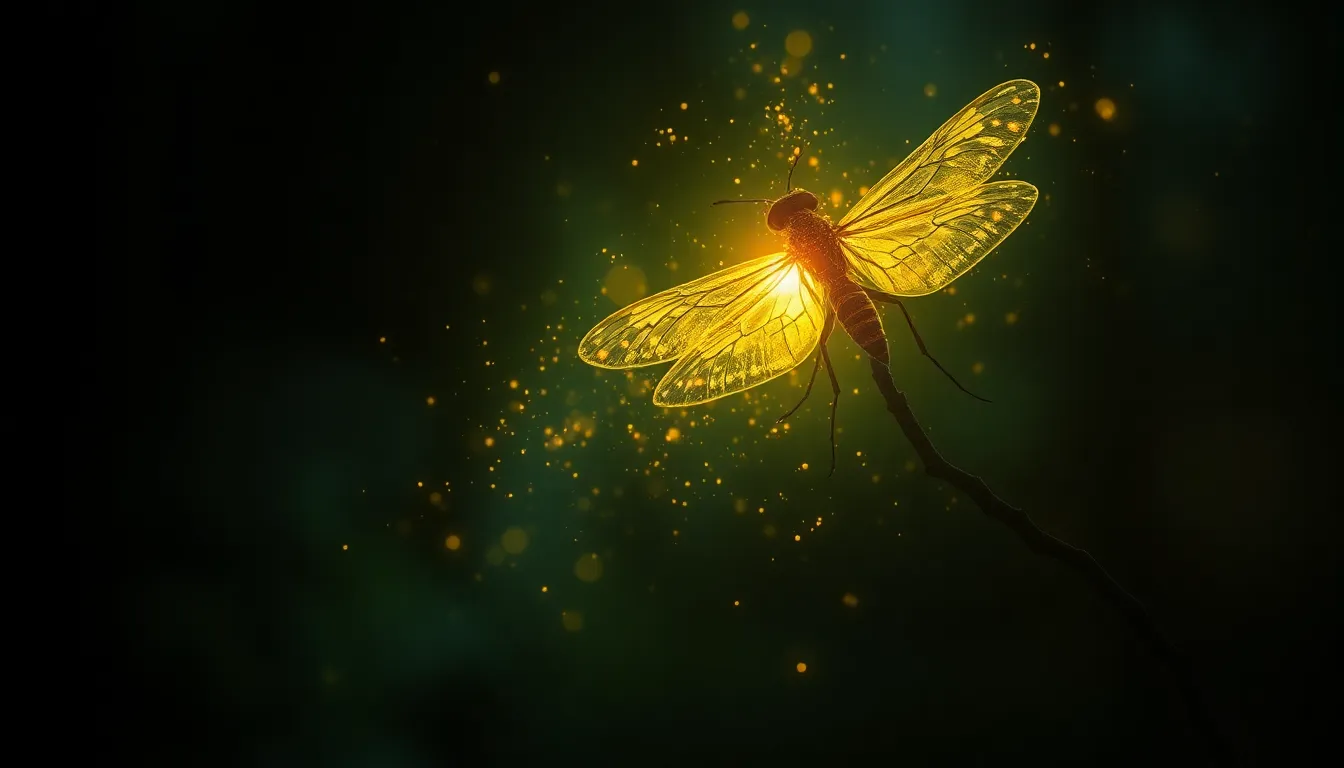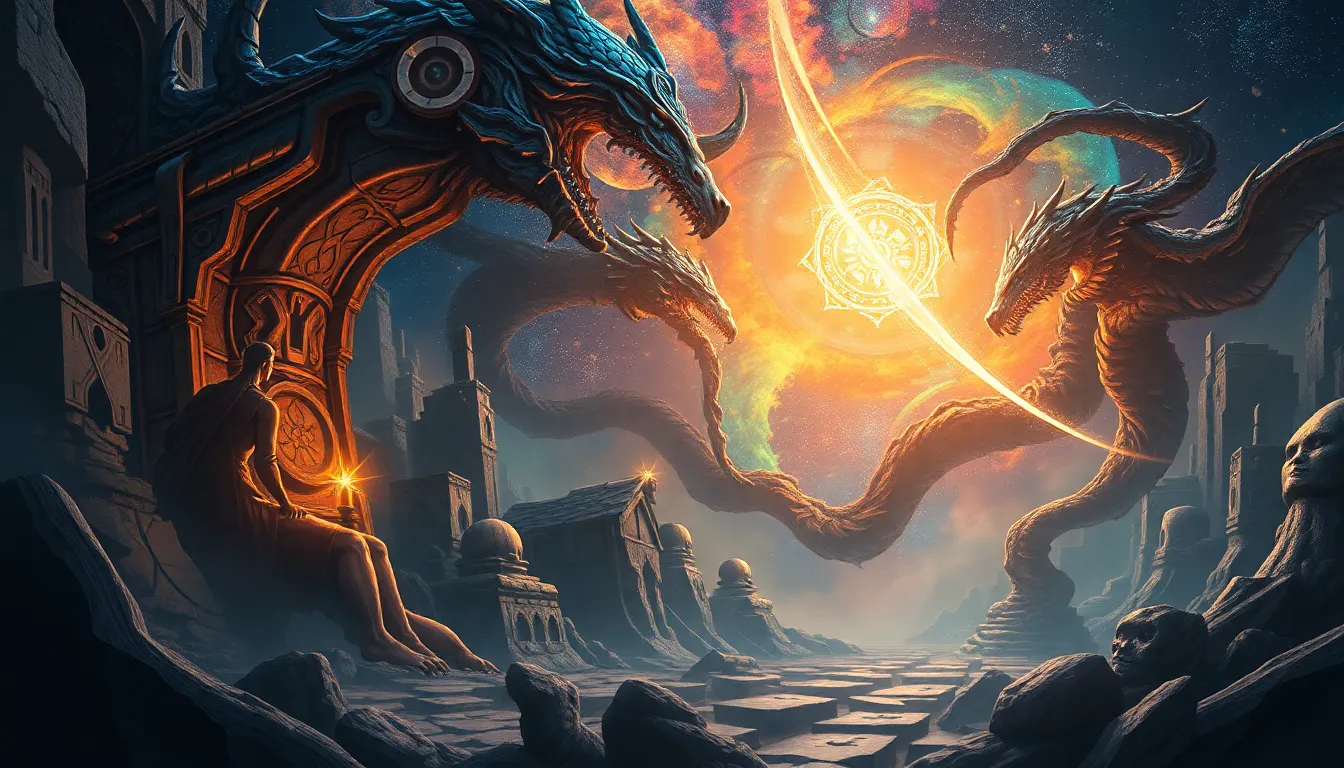Tanuki in Anime and Manga: Exploring the Modern Depictions of the Shapeshifter
I. Introduction
Tanuki, often translated as “raccoon dog,” is a creature deeply rooted in Japanese folklore, celebrated for its shape-shifting abilities and mischievous nature. Traditionally seen as a trickster, the Tanuki embodies the themes of transformation and adaptability, making it a fascinating subject in the context of Japanese mythology and culture.
Shapeshifters have a significant role in Japanese culture, representing fluidity in identity and the complexities of the human condition. These beings often navigate between the human and the supernatural worlds, providing commentary on societal norms and human behavior.
This article aims to explore the modern depictions of Tanuki in anime and manga, tracing their evolution from traditional folklore to contemporary storytelling, and examining the cultural significance they hold today.
II. Historical Context of Tanuki in Japanese Folklore
The origins of Tanuki mythology can be traced back centuries, with references appearing in ancient texts and oral traditions. Tanuki are often depicted as playful creatures capable of transforming into various forms, including humans, objects, and other animals.
Traditional characteristics of Tanuki include:
- Shape-shifting abilities
- Mastery of illusions
- Association with prosperity and good fortune
- Mischievous and playful nature
These traits have left a profound cultural impact, influencing historical literature and art, where Tanuki are often portrayed in whimsical, yet morally ambiguous roles. Their ability to deceive and transform serves as a metaphor for the unpredictable nature of life.
III. The Evolution of Tanuki in Anime and Manga
In early depictions within classic works, Tanuki were often seen in a more traditional light, embodying the characteristics of folklore with a focus on their trickster nature. However, over the years, the representation of Tanuki has shifted significantly, reflecting changes in societal values and cultural perceptions.
Key developments in Tanuki representations include:
- Increased complexity of character traits.
- Exploration of identity and belonging.
- A shift from solely mischievous roles to protagonists with depth.
As society has evolved, so too have the portrayals of Tanuki, adapting to contemporary issues while still retaining elements of their traditional lore.
IV. Iconic Tanuki Characters in Modern Anime and Manga
Several notable Tanuki characters have emerged in modern anime and manga, each offering unique interpretations of the Tanuki mythos. Two prominent examples include:
- Pom Poko: This Studio Ghibli film features a group of Tanuki fighting against urban development, showcasing their magical abilities and their connection to nature.
- Natsume’s Book of Friends: The character of Madara, a Tanuki spirit, embodies both the playfulness and the depth of Tanuki lore, serving as a guide and protector for the protagonist.
These characters not only reflect traditional Tanuki traits but also incorporate modern themes such as environmentalism and the search for identity, enriching the storytelling experience.
V. Tanuki as a Symbol of Change and Adaptation
Tanuki serve as powerful symbols of transformation and identity within anime and manga. Their ability to change forms mirrors the struggles of characters navigating their own identities and societal expectations.
Key themes explored through Tanuki include:
- Transformation: Reflecting personal growth and change.
- Identity: Challenging the notion of fixed identity in a rapidly changing world.
- Societal Reflection: Representing modern issues such as urbanization and environmental concerns.
In comparison to other shapeshifters in anime and manga, Tanuki often balance between playful mischief and profound wisdom, offering unique insights into the nature of existence.
VI. The Artistic Representation of Tanuki
The visual representation of Tanuki in anime and manga is rich and varied, often showcasing a range of artistic styles. Artists employ different techniques to highlight the unique characteristics of Tanuki, such as:
- Color Symbolism: Earthy tones often symbolize their connection to nature, while vibrant colors may represent their magical abilities.
- Form and Shape: Artistic choices can emphasize their dual nature as both animal and human, enhancing their role as shapeshifters.
- Settings: Tanuki are frequently depicted in natural landscapes, reinforcing their ties to the environment and traditional folklore.
Through these artistic representations, Tanuki continue to resonate with cultural perceptions and values, reminding audiences of their mythological roots.
VII. Tanuki in Popular Culture Beyond Anime and Manga
The influence of Tanuki extends beyond anime and manga, permeating various forms of popular culture. Their presence can be found in:
- Video Games: Tanuki characters often appear as playful companions or mischievous antagonists, providing a sense of whimsy and lightheartedness.
- Merchandise: From plush toys to figurines, Tanuki are popular among fans, symbolizing good fortune and playfulness.
- Festivals: Tanuki play a role in contemporary Japanese festivals, where they are celebrated as symbols of prosperity and transformation.
Globally, Tanuki have been embraced in various contexts, adapting to different cultures while retaining their core symbolism of change and adaptability.
VIII. Conclusion
In summary, the depiction of Tanuki in anime and manga reflects a rich tapestry of cultural significance, evolving from traditional folklore to modern storytelling. Their roles as shapeshifters encapsulate themes of transformation, identity, and societal change, making them relevant in today’s narratives.
The ongoing appeal of Tanuki in various media highlights their importance in contemporary culture and their ability to resonate with audiences worldwide. As we continue to explore the depths of Tanuki mythology, we uncover not only their playful nature but also their profound insights into the complexities of life in a globalized world.



